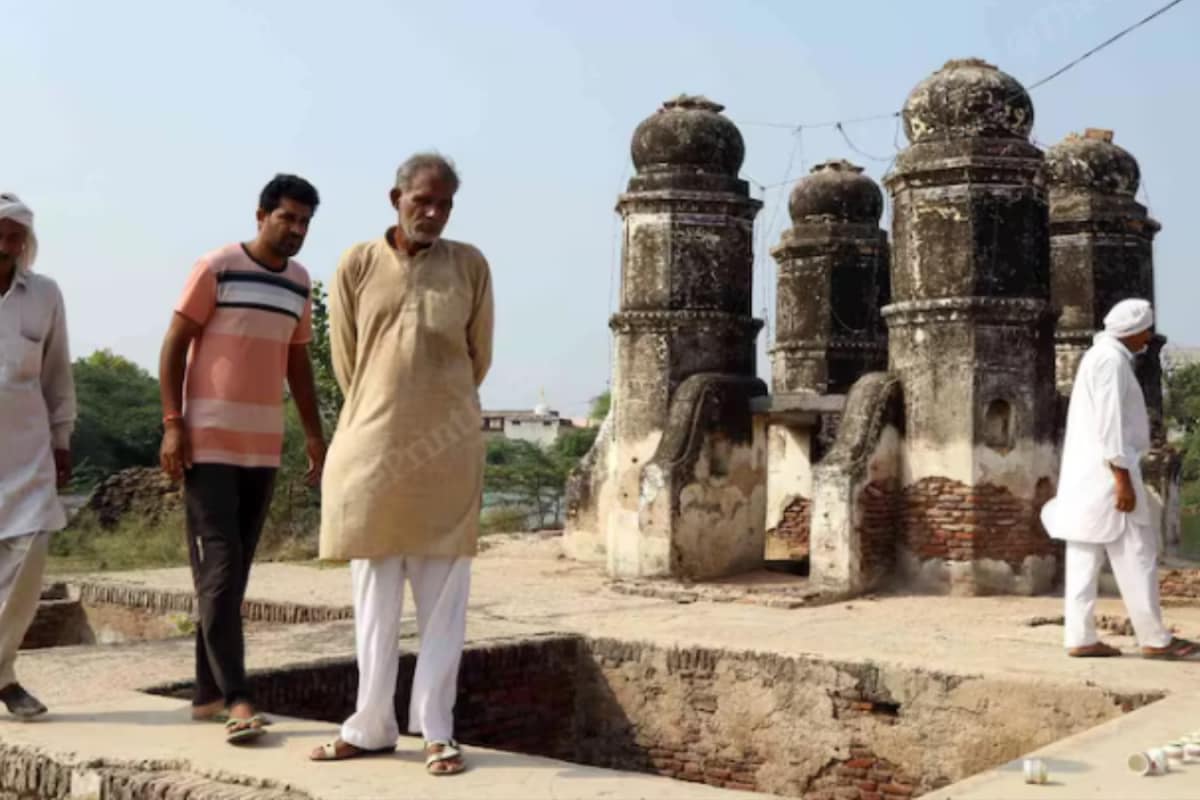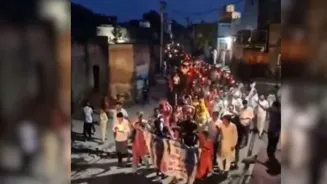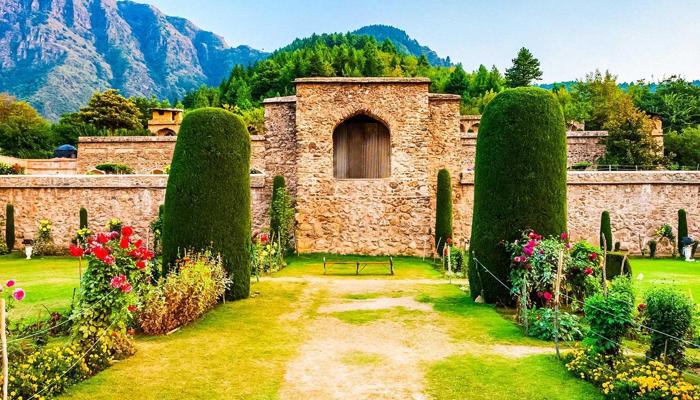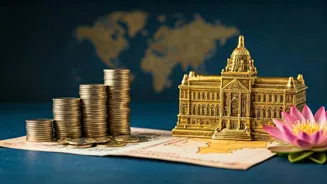Rohnat village in Haryana’s Bhiwani district carries a painful legacy from the 1857 freedom struggle. When villagers revolted against British rule, they faced brutal reprisals. Many were killed, and their
lands were confiscated and sold to outsiders. The trauma ran so deep that for decades, the tricolour was not hoisted here on Independence Day or Republic Day, as the villagers continued to demand the return of their seized land.
In 2018, then Haryana Chief Minister Manohar Lal Khattar visited Rohnat and hoisted the tricolour, promising to address the villagers’ demands. Since then, the flag has been raised, but many reports indicate that the community is still waiting for their land and other commitments to be fulfilled.
While the tricolour is now officially hoisted, the village continues to mark national festivals with restraint, reflecting its long struggle to reclaim its lost identity.
Rohnat’s Brave Legacy
According to a report by The Print, Rohnat village played a pivotal role in the 1857 revolt against British rule in present-day Haryana, which saw centres of uprising in Gurgaon, Rohtak, Sirsa, Hisar, Rewari, Panipat, and Thanesar. On May 29, 1857, revolutionaries from Rohnat attacked and looted the government treasury at Tosham, 19 km from the village. They later stormed the prison at Gujri Mahal in Hisar, freeing numerous imprisoned rebels. Led by Rohnat villagers, the group killed eleven British officers in Hansi and twelve in Hisar, with participation from residents of nearby villages including Putthi Mangalkhan, Mangali, Hajimpur, and Jamalpur.
Ruthless Reprisals Against Villagers
The British response to Rohnat’s revolt was brutal and merciless. Armed soldiers on horseback, led by Platoon 14, surrounded the village and deployed cannons along its boundaries. The three leaders of the uprising, Birhad Bairagi, Naunda Jat, and Rupa Khati, were tied to cannon barrels and blown up in front of the villagers, their bodies scattered across the fields. Subsequently, men were dragged from their homes and hanged from an old banyan tree near the village pond. In the nearby town of Hansi, over a hundred revolutionaries, including 14 from Rohnat, were crushed under a road roller. The road where many villagers lost their lives is still called Lal Sadak.
The Well Filled With Corpses
The well into which women and children reportedly jumped still exists, now surrounded by a concrete wall with water turned green from algae. The exact number of casualties remains unknown, but villagers recount from their elders that the well was filled with corpses. According to locals, the British later filled it with mud to prevent the remaining residents from accessing water.
Marked As A ‘Village Of Rebels’
On September 14, 1857, the then Deputy Commissioner of Hisar, William Khwaja, declared Rohnat a ‘village of rebels,’ ordering the confiscation and auction of its property. On July 20, 1858, a total of 20,656 bigha and 19 marla of private and panchayat land was auctioned for Rs 8,100, leaving the villagers with almost no land of their own. Only 13 bigha and 10 biswa, containing the village pond and well, were spared from the auction.
Tricolour Raised Only On ‘Shaheed Diwas’
In the years following the revolt, descendants of Rohnat’s survivors managed to reclaim some land, though most families now hold two acres or less due to small inherited plots. For this reason, the village never hoisted the tricolour on Independence Day or Republic Day.
A villager recalled, “How could we? The harsh British order is still felt, we’re still called the ‘village of rebels,’ and our lands haven’t been returned.”
The national flag was finally raised in Rohnat on March 23, 2018, during ‘Shaheed Diwas,’ commemorating the sacrifices of Bhagat Singh, Rajguru, and Sukhdev, he shared.
















